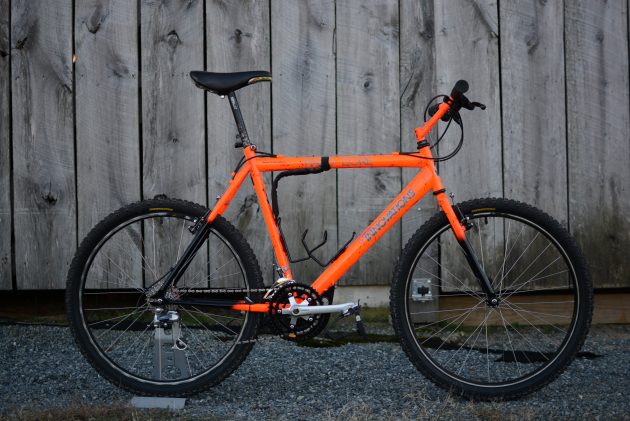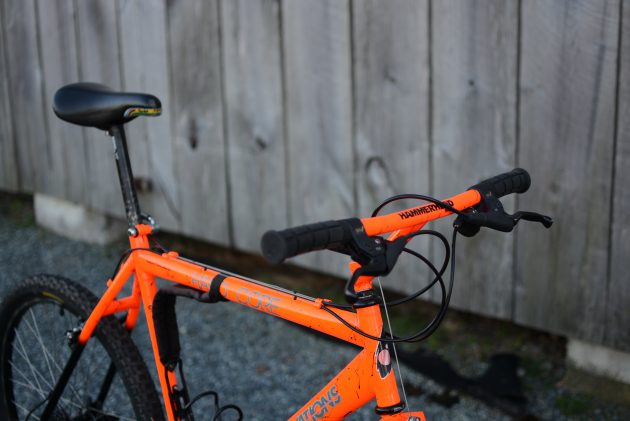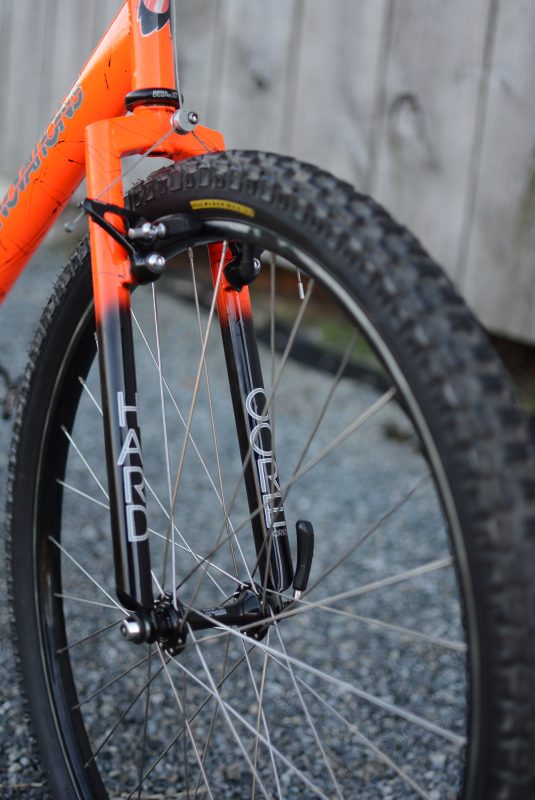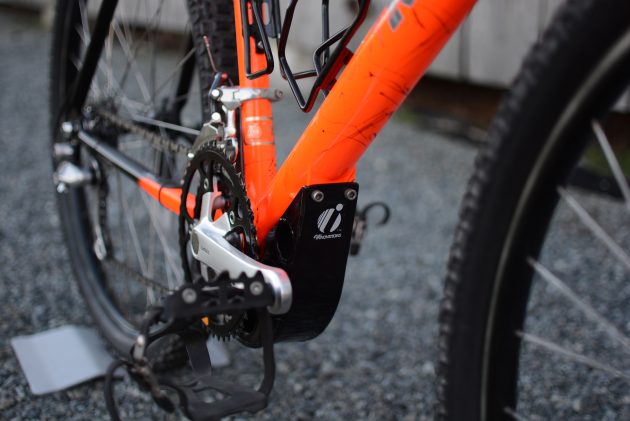In print: Be Kind Rewind – Grove Innovations Hard Core
Originally posted on April 29, 2019 at 0:01 am by Martin KozaczekEditor’s note: This article originally appeared in issue 209 of Dirt Rag Magazine, as part of an ongoing column by Martin Kozaczek called Be Kind Rewind. Like what you see? Subscribe now at dirtragmag.com/subscribe to catch issue 211, coming real soon.
Much like Preston Tucker and the Studebaker brothers, the legacy of Bill Grove and Grove Innovations is at risk of being relegated to a footnote in the annals of mountain bike history. Grove never attained the popularity of brands like Fat Chance, Potts or Ritchey, and for the most part it remained a regional favorite like Ted Wojcik or Off Road Toad. Having grown up in central Pennsylvania, I have always had an affinity for Groves; because of that, I feel a responsibility to cultivate and maintain an appreciation of these bikes and the people who built them, lest they become lost to history and time.
Grove and company had been making bikes and components as a small operation since the early 1980s. By the late ’80s, they were looking to expand the business. Enter Randy Moore. Moore was the owner of the Bicycle Shop, one of the larger bike shops in central PA and Grove’s primary retailer. Around 1989 he acquired a large stake in Grove, taking an active role in running the company and working with the team on developing products. Moore was known as one of the early mountain bike pioneers in PA and was part of the Bomber crew, who … well, let’s just say they took a contact-sports approach to riding bikes in the woods. Wanting a beefier bike, Moore asked Grove to make him a version of the Assault using tandem tubing. Grove delivered this prototype: the Hard Core. According to Moore, the bike never fit him well, so it was passed around the Grove camp, ridden and raced by other folks as part of the Hard Core’s development.
As a fan of Groves, I’m particularly interested in seeing how the models evolved and capturing the changes between early prototypes and production bikes. One of my favorite bikes in my stable is the 1991 Hard Core, which by all measures is the production version. While the Hard Core and the Assault look similar at first glance, a closer look reveals some subtle differences. One of the hallmarks of the Hard Core was its 13.5-inch bottom-bracket height, a real boon when trying to clear the countless fallen logs and rock gardens common in central PA. By contrast, the prototype accomplished the same task with a massive bash guard. Moore, not the most proficient bunny-hopper, wanted a way to smash through obstacles without damaging his chainrings. As far as I can tell, only this Hard Core and a Grove trials bike received such a bash guard.
Another difference between this prototype Hard Core and the original Assault is a smaller seat tube and seat cluster on the Hard Core, which resulted in a flatter and more ovalized top tube at the seat-tube junction. I highlight this because the degree to which the 1.5-inch top tube and the staggering 2-inch down tube were shaped and then seamlessly welded is really a testament to the skills of the craftsmen who built these bikes. This bike, and the Hard Core in general, helped pave the way for what would become the freeride concept. At the time it was made, it was radically different from the majority of steel bikes on the market.
While not obvious at first glance, the Hard Core is a really fun bike to ride. Though heavy by comparison, you forget about that quickly as the responsive and surprisingly nimble nature puts a smile on your face.